Anousheh Gholami
On the Importance of Trust in Next-Generation Networked CPS Systems: An AI Perspective
Apr 16, 2021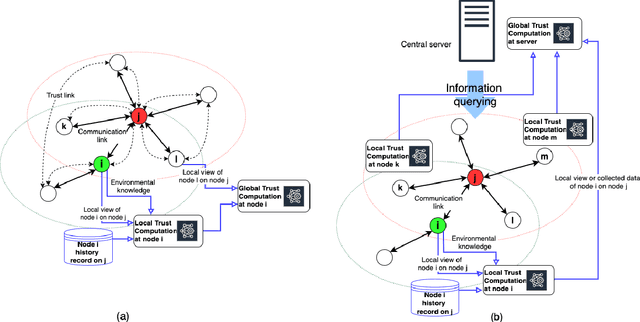
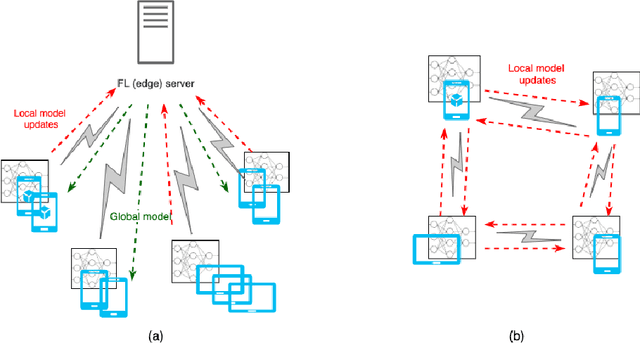
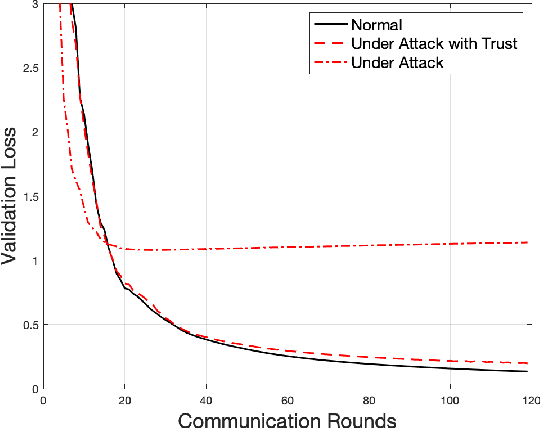
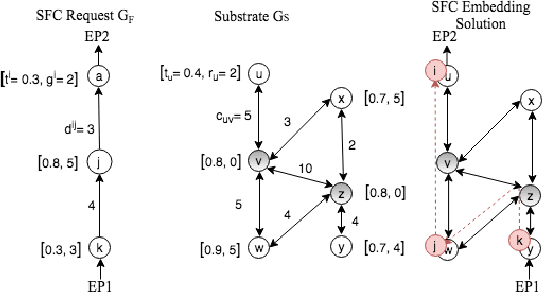
Abstract:With the increasing scale, complexity, and heterogeneity of the next generation networked systems, seamless control, management, and security of such systems becomes increasingly challenging. Many diverse applications have driven interest in networked systems, including large-scale distributed learning, multi-agent optimization, 5G service provisioning, and network slicing, etc. In this paper, we propose trust as a measure to evaluate the status of network agents and improve the decision-making process. We interpret trust as a relation among entities that participate in various protocols. Trust relations are based on evidence created by the interactions of entities within a protocol and may be a composite of multiple metrics such as availability, reliability, resilience, etc. depending on application context. We first elaborate on the importance of trust as a metric and then present a mathematical framework for trust computation and aggregation within a network. Then we show in practice, how trust can be integrated into network decision-making processes by presenting two examples. In the first example, we show how utilizing the trust evidence can improve the performance and the security of Federated Learning. Second, we show how a 5G network resource provisioning framework can be improved when augmented with a trust-aware decision-making scheme. We verify the validity of our trust-based approach through simulations. Finally, we explain the challenges associated with aggregating the trust evidence and briefly explain our ideas to tackle them.
Drone-Assisted Communications for Remote Areas and Disaster Relief
Sep 04, 2019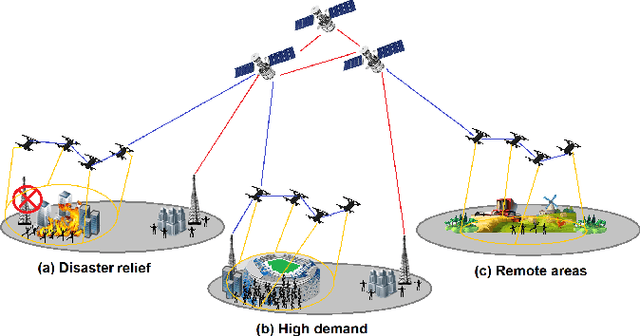

Abstract:We explore an end-to-end (including access and backhaul links) UAV-assisted wireless communication system, considering both uplink and downlink traffics, with the goal of supporting demand of the Ground Users (GUs) using the minimum number of UAVs. Moreover, in order to extend the operational (flight) time of UAVs, we exploit an energy-aware routing scheme. Our intention is to design and analyze the access and backhaul connectivity of a drone-assisted communication network for remote and crowded areas and disaster relief, while minimizing the resources required i.e., the number of UAVs.
 Add to Chrome
Add to Chrome Add to Firefox
Add to Firefox Add to Edge
Add to Edge